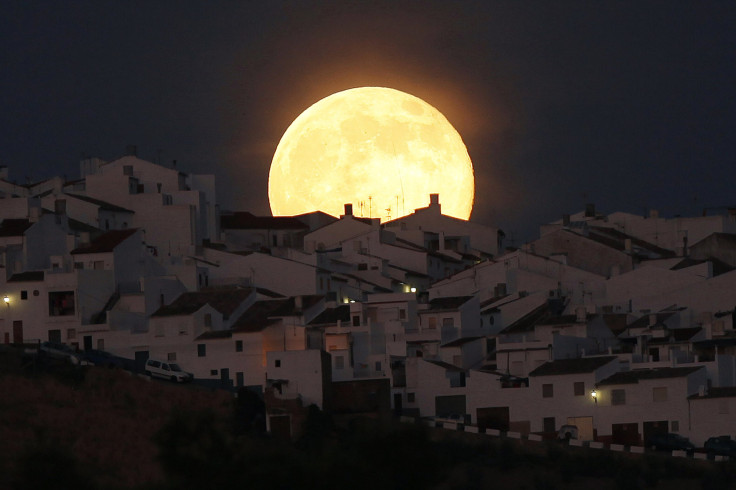A ‘Super’ Supermoon, Perseids, A Comet Rendezvous And More Astronomical Events In August
August may be the best month for astronomy fans. Stargazers can look forward to a “super” supermoon, the conjunction of Venus and Jupiter and the annual Perseid meteor shower. The European Space Agency also has an important milestone in August as its comet-hunting Rosetta spacecraft will rendezvous with comet 67P/Churyumov-Gerasimenko.
The Perseids is one the most anticipated meteor showers of the year, along with the Geminids, but most of the discussion surrounding August astronomy has been centered on the Aug. 10 supermoon.

July’s full moon kicked off a summer of supermoons and Aug. 10 will feature a full moon. August’s supermoon will be even better than the one in July and the upcoming supermoon in September as the full moon falls within the hour the moon is at perigee, or closest point, to Earth. The moon travels in an elliptical orbit around the Earth with the perigee being the closest point, around 222,000 miles away, while apogee is the farthest distance from Earth, around 252,657 miles.
With the moon turning full in the same hour as it reaches its closest point to Earth that means an extra bright and extra full-looking supermoon. Typical supermoons appear 30 percent brighter and around 14 percent larger than a full moon, notes NASA. Farmers’ Almanac says the moon will turn full on Aug. 10 at 2:09 p.m. EDT but the supermoon will appear quite full and bright in the night sky.
While all the attention may be on the August supermoon, the Perseids is expected to put on quite the show. The meteor shower peaks around Aug. 12 but is active before that date, which means you can see meteors as early as the end of July, reports NASA. The supermoon will affect viewing of the Perseids as the bright full moon, followed by the waning gibbous moon, will block out dimmer meteors but there will still be plenty of fireballs, especially bright meteors. Bill Cooke, from NASA's Meteoroid Environment Office, said in a statement, "The Perseids are rich in fireballs as bright as Jupiter or Venus. These will be visible in spite of the glare."
Venus and Jupiter will also make an appearance in August. The conjunction of the two planets will occur on Aug. 18, reports EarthSky, and Venus and Jupiter will appear quite close in the sky. Earthsky says Venus and Jupiter can be viewed in the pre-dawn hours of Aug. 18 by looking east.
Earlier in August, ESA will be looking forward to Aug. 6 as Rosetta meets up with 67P/Churyumov-Gerasimenko. The rendezvous has been a decade in the making once the spacecraft reaches the comet it will begin analyzing the comet and will place a lander on 67P in November. ESA will air the press briefing detailing the Rosetta mission on Aug. 6.
A video of August's astronomical events, courtesy of NASA, can be viewed below.
© Copyright IBTimes 2024. All rights reserved.






















